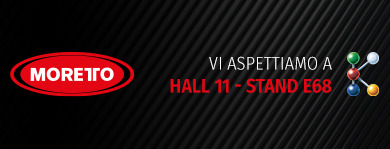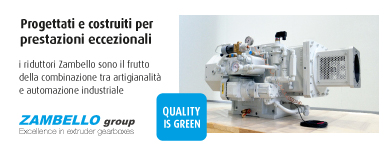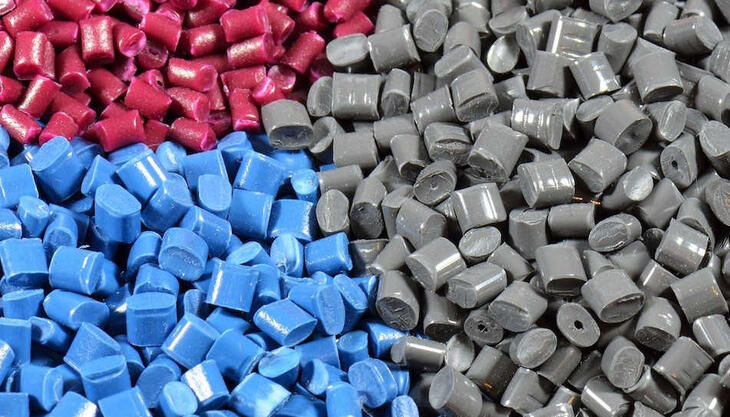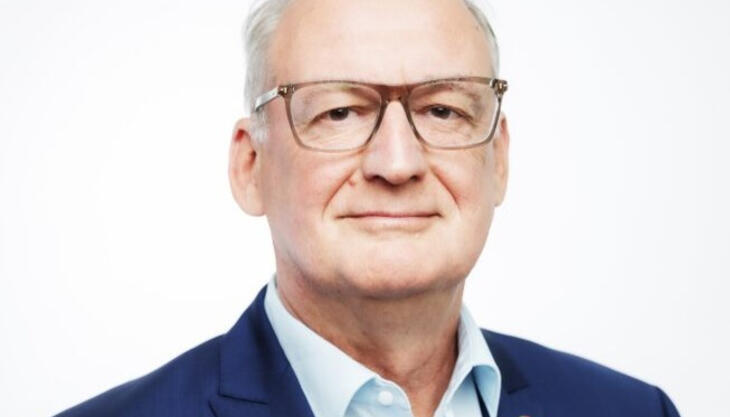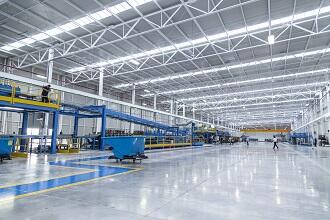
Assocomaplast (the national trade association, member of Confindustria including over 160 manufacturers of plastics and rubber processing machinery, equipment and moulds) has analysed Istat data on Italian foreign trade in the sector for the first three quarters of 2016, comparing them to the same period in 2015. The general result is that imports continue to rise (+8.5%) and exports have returned to positive values (+1.5%).
“In particular, the recovery in exports - which historically represent a significant share of national production - is an important signal for Italian manufacturers”, stated Assocomaplast president Alessandro Grassi, “after the negative performance that had characterized previous months. For that matter, 2015 was a record year, the best ever, for foreign sales by Italian manufacturers in the sector. If the recovery is confirmed in the year-end balance sheet, we will see overall values that are fully worthy of note”.
On a regional basis, sector exports to the principal market, Europe, have fallen off by a couple of percentage points, with a 58% share of the total. Within this context, EU markets show a drop in sales of 1.8% while extra-EU markets fell by a more limited -0.5%. The former were influenced primarily by lower sales to Germany, the Czech Republic, the United Kingdom, and Romania - citing the countries with the most significant absolute values. This was almost counterbalanced by increasing sales to Poland (+15%), Spain (+15%), and Portugal (+77%).
As regards the rest of Europe, the critical situation in Russia continues to exert an impact. Italian exports to Russia for the sector have stalled at less than 36 million euros, as opposed to 47 million in the first nine months of 2015.
In parallel, we observe a continuing positive trend in sales
to the Nafta countries, however this progress is driven exclusively by Mexico,
which has more than doubled its Italian imports, while the United States (-12%)
and Canada (-26%) have fallen back.
In South America, the two principal markets show diverging trends: Brazil is still contracting strongly (-33% to less than 30 million euros) while Argentina shows an upward trend (+22% to nearly 24 million euros).
Exports to Asia show positive figures both in the Middle East (nearly +7 percentage points) and the Far East (+8%). Sales to Iran continue their strong growth (from 11 to 18 million euros), almost certainly attributable to the partial lifting of sanctions. Shifting further east to more significant markets, positive figures are recorded for China (+9% to 104 million euros), India (+42% and 43 million), South Korea (+39%, 14 million), and Vietnam (+62%, 13 million).
A divide is also noted in Africa: a significant drop in average sales in the Mediterranean area attributable to lower sales to Morocco and Tunisia (whereas Algeria has been performing well) against strong growth in the Sub-Saharan markets thanks to increasing exports to South Africa, which is by the far the largest African market.
Exports to Oceania (essentially Australia) have dropped off by nearly half to just over 10 million euros.
“Among other things, the major expectations among Italian manufacturers for the recent K exhibition were not disappointed”, continued Grassi. “Indeed the shared feeling among those taking part in the three-year trade fair in Düsseldorf was of greater professionalism with respect to the past among the operators encountered at the fair and of a concrete inclination toward investment, which in many cases took the form of orders signed at the stands. The results of the fair thus give us strong hopes for the coming months”







